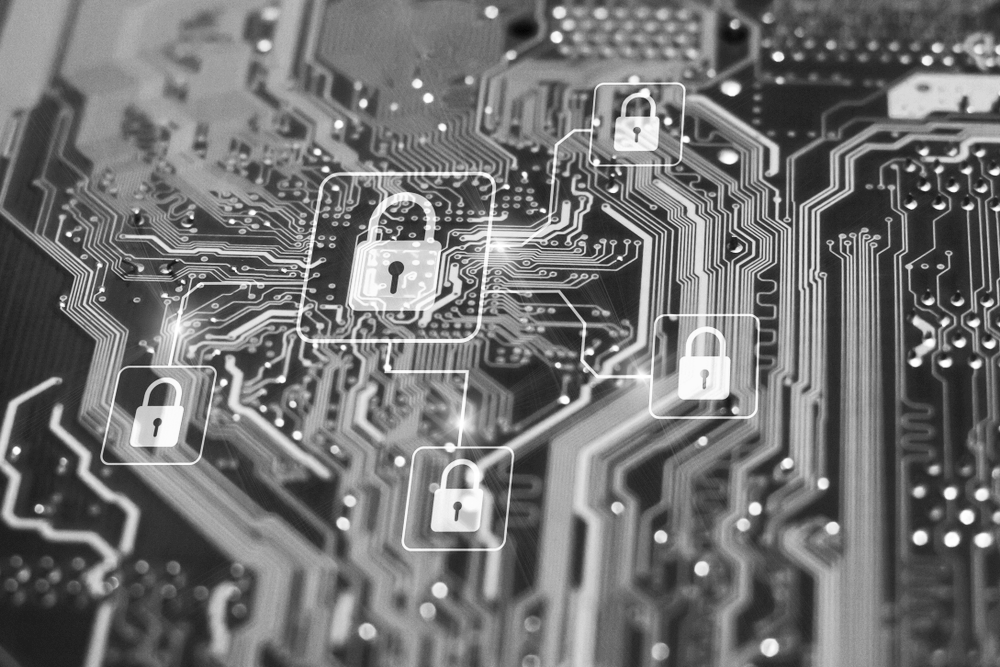Network Maintenance: Why it's Essential to Your Business
May 22, 2024
Share this article:
Written by: ConsultNet

For businesses to thrive, they need reliable, practical, and fast networks.
Connectivity is crucial for business success. If networks are slow, frequently down, or unreliable, the consequences can be severe.
Customers can grow frustrated with technology that doesn’t perform well. Employees can grow disillusioned and frustrated with resources that aren’t working, forcing long delays and frantic catch-up periods.
With reliable networks and managed IT solutions, your business can continue to be successful, and powerful tools will be available at every turn. That’s why network maintenance is so vital.
What is Network Maintenance?
Network maintenance is a series of tasks completed to ensure that your physical IT elements are maintained, monitored, and updated. Maintenance is generally preventative, designed to prevent attacks and technical issues that cause downtime. However, network maintenance is also about day-to-day work that ensures systems are working optimally.
Network can be broadly defined to include not only your wireless and wireless connectivity elements but also your hardware, servers, software, and cloud systems. Collectively, these elements comprise your IT ecosystem.
Solutions That Network Maintenance Provides
Network maintenance has multiple elements that collectively provide expansive, integrated protection for your IT components. Here is a closer look at the solutions that comprise network maintenance.
Hardware and Software Installation
Software, and to a lesser degree, hardware are constantly being updated and upgraded. Updates are necessary to provide new features and solutions.
Often these installations are to address emerging cybersecurity threats with adjustments that keep these programs and hardware operating best and protected from these threats.
Network Configuration
Configuring your networks ensures that the elements are operating at peak efficiency. As new versions of hardware and software are installed, you want to be sure that everything in your network is working well and in tandem with other elements.
Network Security
It’s important to keep the network secure, especially your data, both when it’s in transit and at rest. Security tools are essential, from two-factor authentication for employees and vendors to monitoring that ensures that threats are detected and contained before major damage can be done.
Data Backup
With ConsultNet, network maintenance includes monitoring and managing the data backup schedule, ensuring successful backups. Regularly backing up your data to multiple locations prepares your business to handle adverse events, such as natural disasters and cyberattacks.
Documentation
Documenting the structure, features, and capabilities of each network component helps you better understand how the network operates and is essential when troubleshooting a potential network issue.
Hardware Devices Most Often Serviced through Network Maintenance
Network maintenance often focuses on physical devices that are part of your network. These devices use multiple types of firmware to help network operations. Here is a list of the most common devices that are covered by a network maintenance agreement.
Workstations
Workstations, whether wired desktop computers or laptops that may be connected by wire or wireless, are ubiquitous.

You’ll want to be sure that your company’s workstations are kept up to date. Often, updates to software can be done remotely to any connected device, ensuring new versions are deployed quickly.
Servers
Properly working servers are integral to your network security. Servers are dedicated, central machines that provide access to hardware, software, files, and storage space that are integral to running your business. Most servers have unique features that allow them to support key functionality or are configured to maximize capabilities.
Servers are connected to workstations, other servers, and often operate at faster speeds. Your servers may have high-capacity hard drives or high-performance RAM, designed to boost your operational efficacy.
Switches
Switches take incoming data and redirect it to locations on your local area network. Switches act as digital tunnels to direct data from a source to a destination. Because of the important role switches play, it’s important to keep them functional to avoid collisions of the materials moving within the tunnels they build.
Routers
Routers act as your networks’ connectors, forwarding packets of data between networks. Routers are susceptible to damage if not properly maintained. Network maintenance agreements should include regular monitoring to ensure problems like overheating or clogged fans are resolved quickly.
Wireless Access Points (WAPs)
Wireless Access Points are critical for providing seamless connectivity within your network. Proper maintenance and management of WAPs ensure consistent performance and reliability. Regular updates and monitoring help in preventing connectivity issues and maintaining optimal network quality.
Common Network Maintenance Tasks

Network maintenance requires persistent, regular approaches to examine and update your technology. Common network maintenance tasks include:
- Monitoring and Defense: Network monitoring should be deployed 24/7 for any device connected to your networks. This monitoring should include breach and threat detection, data activity logging, antivirus protection, security software deployment, tracking to detect unusual behavior, and data backups.
- Device Maintenance: Preventative device maintenance ensures computers, laptops, servers, and other connected tools are fully functional. Maintenance ensures effective traffic on the devices and networks, it also includes network mapping, interface monitoring, and scheduled device updates and configurations
- Storage Maintenance: Storage maintenance ensures that devices are up-to-date and feasible. Maintenance can be especially challenging for legacy or post-warranty devices. Maintenance tasks include renewals management, functionality monitoring, and upgrading as necessary
- Performance Management. The investment in your infrastructure means you want to ensure that all the elements are working at their best. Performance management tracks the speeds, connections, and usage of each device and develops better interfaces and usage guidelines
Risks of Neglecting Network Maintenance
By not focusing on network maintenance, you run major risks for your company and its operations. Neglecting maintenance can lead to:
- More Downtime. As network components fail, your technology will break, leaving users frustrated or leading them to turn elsewhere
- Slow Performance: Lagging performance is a major consequence of poor maintenance. Apps will not work as quickly, data can be slow to access or load and network speeds can fall
- Poor Productivity: When components are not working at their best, it takes longer for work to get done. Transactions, processes, and integrations slow down and cost you money
How ConsultNet Can Support Your Business
At ConsultNet, we offer comprehensive network maintenance solutions. Our experts are ready to learn about your company and its technology and develop a customized network maintenance plan.












